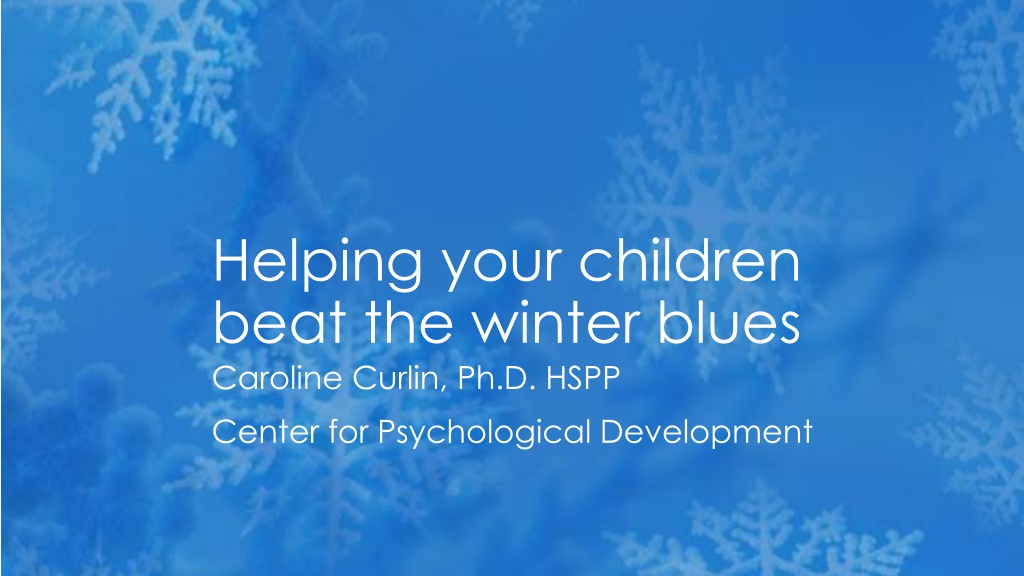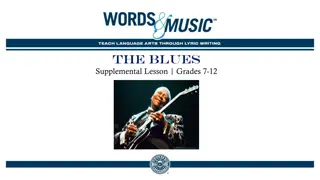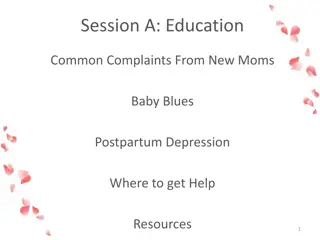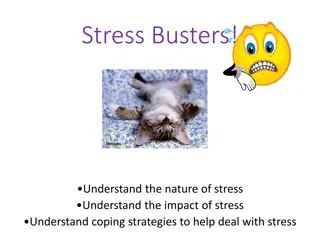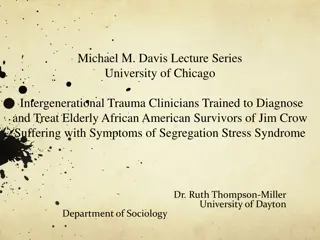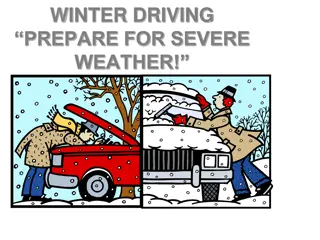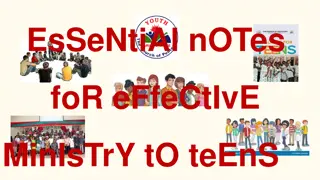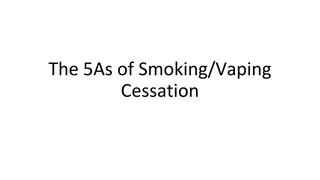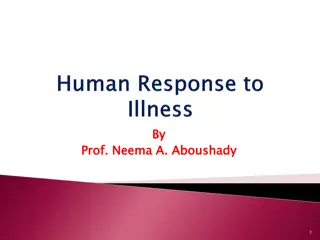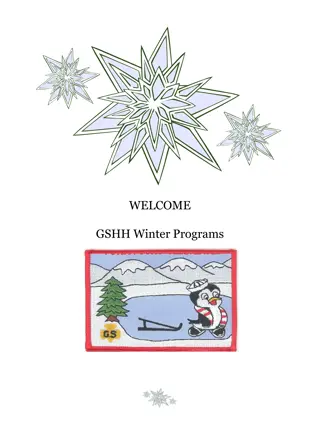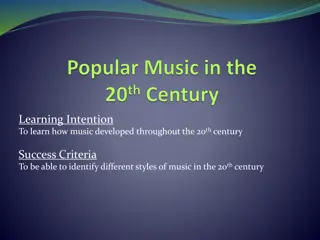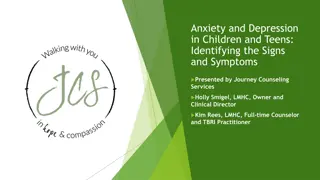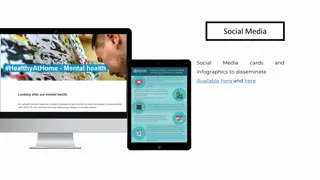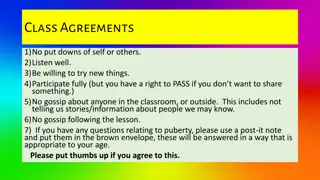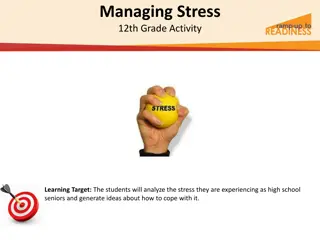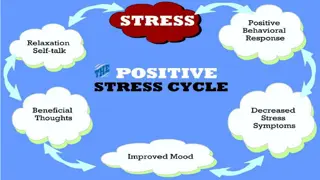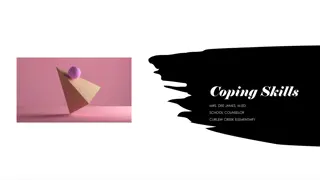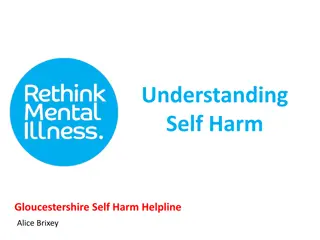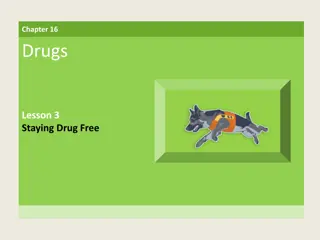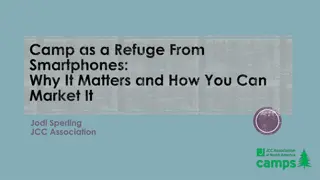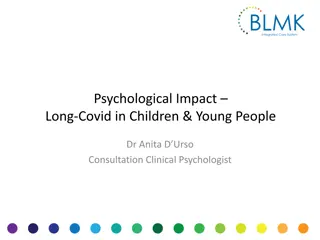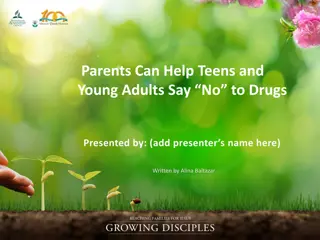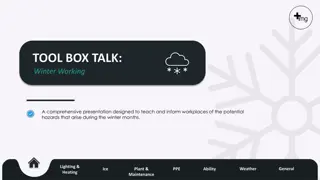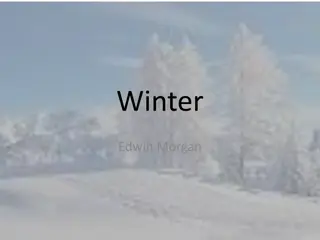Coping with Winter Blues: Strategies for Children and Teens
Understanding the signs and symptoms of winter blues, seasonal affective disorder, and depression in children and adolescents is crucial. This comprehensive guide covers various issues faced during the winter season, ways to differentiate between normal blues and depression, unique symptoms in teens, and solutions like light therapy. Parents can play a key role in supporting their children by spending quality time, showing empathy, and being understanding.
Download Presentation

Please find below an Image/Link to download the presentation.
The content on the website is provided AS IS for your information and personal use only. It may not be sold, licensed, or shared on other websites without obtaining consent from the author. Download presentation by click this link. If you encounter any issues during the download, it is possible that the publisher has removed the file from their server.
E N D
Presentation Transcript
Helping your children beat the winter blues Caroline Curlin, Ph.D. HSPP Center for Psychological Development
Stress of winter and holidays High expectations Lack of structure Divorced families have unique issues Traveling Substance use Loss of loved ones Less opportunity for exercise Lack of sunlight
Rates of Depression Children: 1: 33 Adolescents: 1: 8 Depression is diagnosable when lasts 2 weeks or more and impacts school, home or social functioning Don t forget about anxiety!
Sign of When Blues becomes Depression Sadness or irritability Loss of interest in typical activities Eating too much or too little Weight changes Sleeping too much or too little Tearfulness Fatigue Lack of enthusiasm and motivation Feeling guilty Trouble concentrating or paying attention Suicidal thoughts
Unique symptoms in Teens Irritability rather than sadness Physical pains e.g., headaches or stomachaches Extreme sensitivity to criticism Less likely to totally isolate from friends
Seasonal Affective Disorder SADS onset is typically in fall and lasts through winter Is thought to be due to circadian rhythms (sleep cycle), reduction in serotonin, or lack of melatonin impacting sleep Specific symptoms of winter SADS: Oversleeping Craving for carbohydrates Weight gain Fatigue
Light therapy Purchase light boxes specifically to treat SADS (very little UV light) Consult with eye doctor if you have eye problems Be cautious if you have Bipolar disorder Look for a light box that Provides no UV light Offers 10,000 lux of light Use in first thing in am for 20 to 30 min Use distance of 16 to 24 inches Use with eyes open not looking directly at the light
How parents can help Strengthen the relationship Spend one-on-one time Put yourself in his/her shoes Be compassionately curious Don t take irritability personally Validate her/his emotions not their problematic behavior Instead of you should get up and do something Say I am going to the mall, would you like to come with me? Avoid even the whiff of judgement or problem solving Accentuate the positive 5:1
How to help cont Ask them how you can help Prioritize exercise, good nutrition and sleep Do research on counseling Be ready to switch counselors if needed Be open to medication Take care of yourself. This is hard!
When parents are also depressed Don t blame yourself! You can t pour from an empty cup Recent study found that when mothers received treatment and achieved remisssion, their children s mood improved. One year later still found positive impact Get social support
Managing holidays For folks already suffering from depression, the holidays can make things worse 24% report that holidays makes things a lot or somewhat worsens Suicide rates don t actually increase Increase of financial stress Most expectations are our own Know your limits
What to do Set realistic expectations Provide structure Monitor social media Give praise and reinforcement Get your child engaged Lay out expectations ahead of time Allow some private time to recharge
